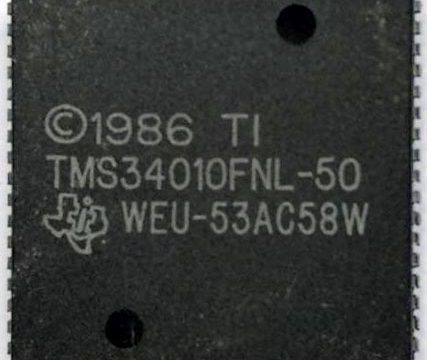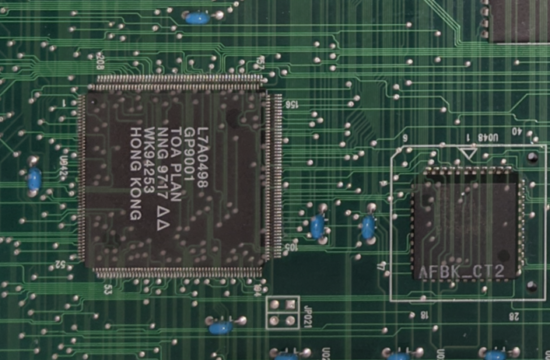As the FPGA gaming market continues to evolve, we’re witnessing an interesting dynamic play out among developers, hobbyists, and commercial entities. The MiSTer project, once a trailblazer in retro gaming on FPGA hardware, now finds itself at a crossroads. While it remains a cornerstone of the FPGA gaming scene, supporting a subeconomy that stretches across the globe, its limitations have become increasingly apparent to those deeply involved in its development. As someone who has spent countless hours working on FPGA cores and observing the ecosystem, I’ve noticed a reluctance to embrace the next generation of devices. Any new hardware that emerges is often dismissed as a scam or unnecessary, which raises the question: Why is this supposed “open-source” community so resistant to progress?
The answer, I believe, lies in the economic and social structures that have developed around the MiSTer platform. For many, the MiSTer isn’t just a hobby; it’s a livelihood. Numerous individuals rely on the current ecosystem to sustain themselves, and as a result, there’s a vested interest in maintaining the status quo for as long as possible. The more time I spend in this community, the clearer it becomes that any conversation about future development or next-gen devices is met with skepticism, if not outright hostility.
Predicting the Next Phase: A Shift Toward Proprietary Partnerships
Based on what I’ve seen behind the scenes, I predict a shift where prominent core creators will begin to partner with next-generation device makers. As I’ve mentioned before, creating FPGA cores is not a profitable venture when done transparently and ethically. Developing an accurate core can take thousands of hours, and while using hardware designs from MAME can serve as a foundation, building something that truly pushes the limits requires significant effort.
However, there is a profitable angle here that has already been proven in the past. The JROK boards from the early 2010s, for example, were FPGA boards designed to play specific games with an exceptional level of accuracy. These boards, which were not open-source, have remained highly sought after, even a decade later. The secret to their success? Exclusivity. If a core creator develops an exclusive core for a particular device, they can leverage that exclusivity to create a profitable product. I foresee a future where this model becomes more prevalent in the FPGA gaming space.
Is This Good or Bad for the Community?
From a purely solutions-oriented perspective, this shift could be beneficial. Consumers are always looking for the most accurate renditions of classic games, and proprietary cores paired with custom devices could offer unparalleled experiences. Take the JROK cores, for instance; they are widely regarded as some of the most accurate FPGA cores available, even though they aren’t open-source. This model caters directly to consumers who prioritize precision and quality above all else.
From a progress perspective, however, the implications are mixed. The open-source community has contributed a tremendous amount to FPGA gaming, providing valuable references and frameworks for commercial and hobbyist projects alike. Yet, as developers, we are all aware that our open-source work often becomes a stepping stone for companies looking to enter the space. While this isn’t inherently problematic—open-source is, after all, meant to be open—there is a certain irony in seeing community efforts potentially co-opted into exclusive, closed-source ventures.
The Path Forward: Passion Over Profit
For those of us deeply involved in FPGA development, the future isn’t just about commercial success or maintaining the status quo. It’s about pushing the boundaries of what’s possible, not for profit, but for the sheer challenge and accomplishment that comes with it. Personally, I remain driven by the desire to tackle the most extreme and challenging cores, rather than producing a mass of easily replicable, low-hanging fruit. This isn’t about flooding the market with imitations; it’s about crafting something unique, something that comes from a place of genuine passion and curiosity.
I want to be clear: I don’t get paid for this work. If I were paid, it would feel more like a job—something routine and obligatory, rather than an expression of creativity and expertise. For me, and for many in our group, ethics and authenticity matter. We believe in doing things the right way, taking the time to ensure that every core we release meets the highest standards. It’s a long game, but one we’re committed to playing.
Conclusion
The FPGA gaming market is at a turning point. As the MiSTer shows its age and the community debates its future, I believe we will see a shift toward more proprietary, device-specific cores. Whether this is good or bad depends on your perspective. For the consumer, it might mean more accurate and tailored experiences. For the open-source purists, it represents a divergence from the community-driven ideals that have defined this space. As for us, we’ll continue to develop for the love of the game, not the promise of a paycheck. After all, passion and progress are often two sides of the same coin.




